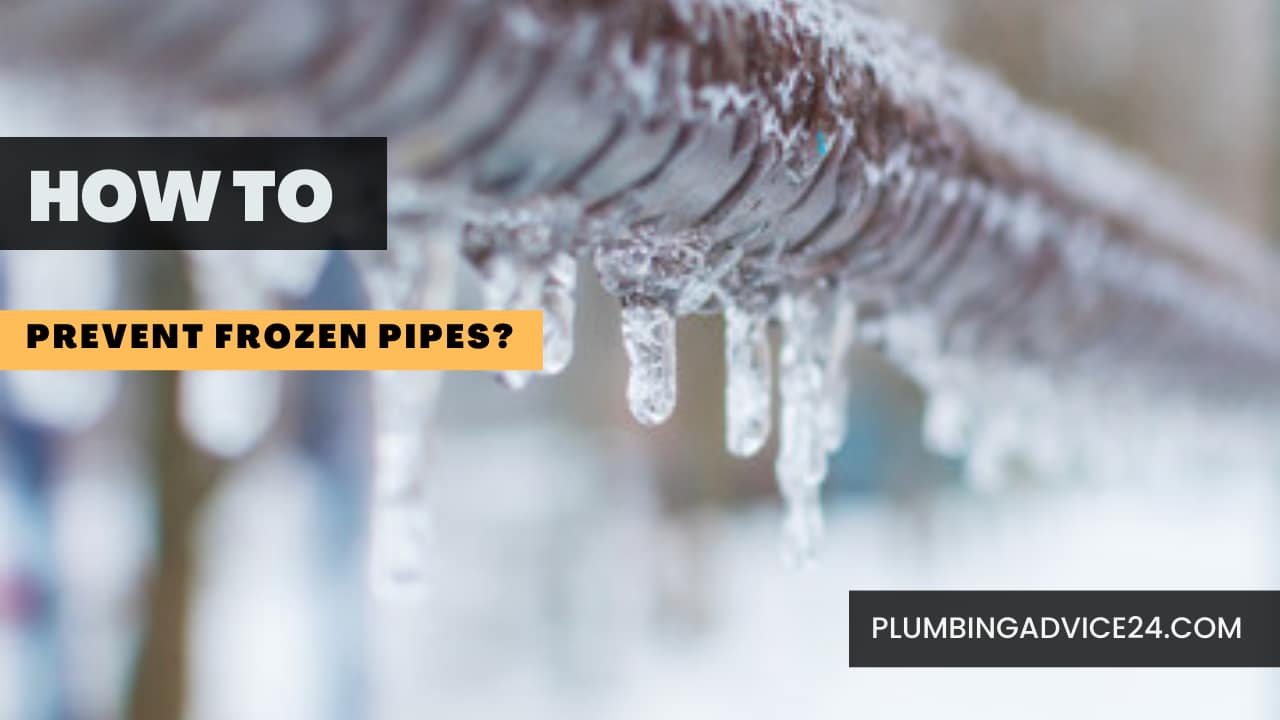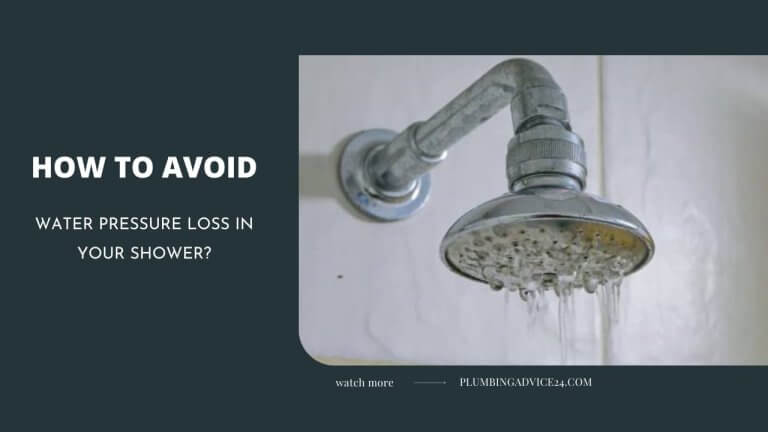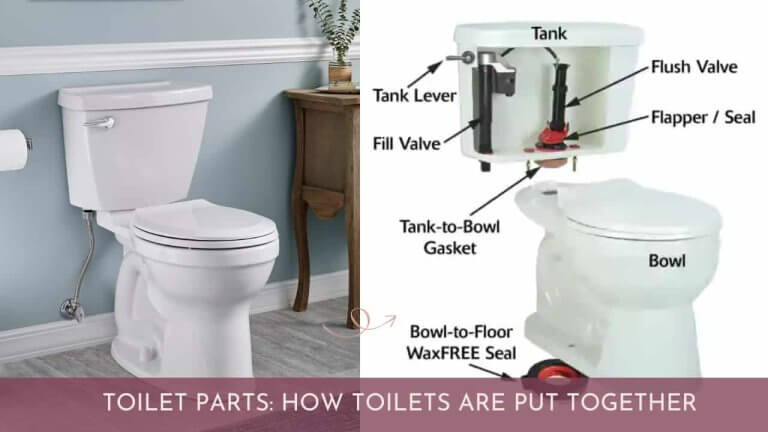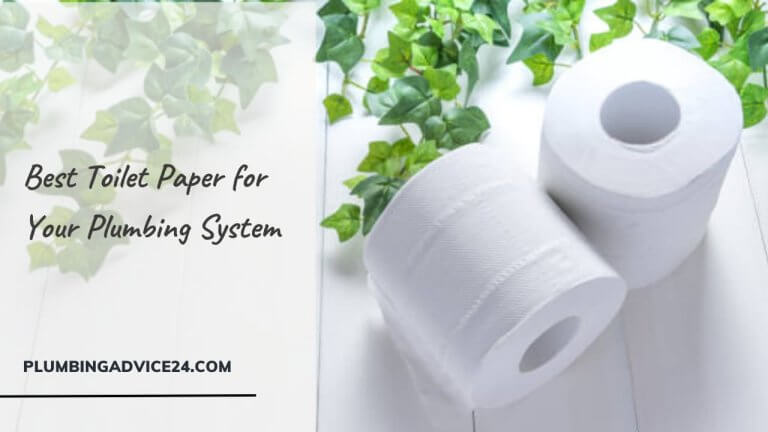How to Prevent Frozen Pipes?
Winter is a lovely season but can also bring problems sometimes, such as frozen pipes. Your pipes may freeze if the weather falls below freezing. Repairing this predicament will be expensive and time-consuming. If your pipes break, flood water can cause extensive harm to your home, which can be costly to repair. By preparing early and making some basic arrangements, you can avoid destroying your winter idyll with frozen pipes. Let’s explore what happens when your pipes freeze and How to Prevent Frozen Pipes from this winter nightmare.
What Happens When Pipes Freeze?
Allowing the water in your pipes to freeze will expand and strain the pipes, potentially causing them to crack or explode. Frozen pipes can cause extensive harm to your house, such as costly fixes and flood damage.
It is not only costly to not have flowing water, but it is also very inconvenient and problematic. Frozen pipes can cause harm to your plumbing system, resulting in leakage and other issues. If you don’t want to pay for costly repairs due to frozen water, you must act swiftly to thaw frozen pipes.
How to Prevent Frozen Pipes?
Preventing frozen pipes is essential, especially if you live in an area that experiences extremely cold temperatures during the winter. Here are some tips to prevent frozen pipes. By following these tips, you can prevent your pipes from freezing and avoid the potential damage and expense of burst pipes.
1. Insulate your pipes.
Insulation for pipes can be purchased cheaply at most hardware shops. If your pipes are in an unheated carport, attic, cellar, or crawl space, you should insulate them. The pipes that carry water to the basins in the bathroom and kitchen can freeze if it gets chilly enough. A dense coating of foam insulation can serve as a heat shield to keep you warm in the winter. You can also prevent your pipes from freezing by wrapping them in heat tape or thermostat-controlled heat wires.
2. Seal all air leaks.
Look around your house for any holes or cracks that could let the chilly air in. The sill plates and walls inside or outside your house should have no gaps or cracks around the piping. Keep the garage door closed except when entering or exiting; leaving it open is the same as leaving a huge hole in the wall.
3. Disconnect water lines.
Once you’re done tending to your garden for the season, disconnect, drain, and stow your pipes. Water spigots outside should be turned on, and supply shutoff locks should be sealed. The water in the line can then escape. Keeping the pipe’s connection uncovered during the winter will allow any frozen water inside to grow without bursting the pipe. Use faucet covers if you want extra defense against frozen pipes in the winter.
4. Open doors and cabinets.
During chilly weather, it’s critical to maintain your house well-ventilated so that heat can circulate freely. Keep locked doors slightly ajar and cabinets in the kitchen and restroom open to distribute heat better. Put away any cleaning products or domestic items that could be harmful if you have small children or dogs in the house.
Related Post : What Do I Do If My AC Pipe Is Frozen?
How to Unfreeze Frozen Pipes?
Frozen pipes are a common problem during winter when the temperature drops below freezing point. When the water inside the pipes freezes, it expands, leading to blockages or bursts. To prevent this from happening, it’s important to take steps to thaw your pipes. Here’s a guide on how to unfreeze frozen pipes:
1. Identify the frozen pipe
The first stage in unfreezing a pipe is determining which pipe is frozen. Turn on all of the faucets in your home to see if any are exuding. If there is no or very little water flowing out, it could be due to a frozen pipe.
2. Disconnect the water supply
Water must be shut off to the broken pipe to prevent further harm. You can accomplish this by turning off your home’s primary water supply.
3. Open the faucet
Turn on the water supply if the frozen pipe is connected to one. When the ice melts, water will gently seep out.
4. Apply heat
One of several methods of applying heat can be used to defrost frozen pipes. Heat the pipe gradually with a hair drier, heat lamp, or space warmer. Because the frozen section of the pipe is the furthest away from the faucet, you should begin there and make your way rearward. Never use a blowtorch or anything that produces an exposed flame because it can cause a fire or burst pipes.
5. Wait for the ice to melt.
The melting of the ice could take anywhere from a few minutes to several hours. Wait to shatter the ice; avoid using too much energy, or the pipe may explode.
6. Turn on the water supply.
Once the water is flowing normally again, gradually reconnect the fractured section of the pipe to the main water supply. Examine the pipe for any indications of leaks or damage.
7. Insulate the pipe
To prevent the pipe from freezing again, insulate it with pipe insulation or heat tape. You can also keep the faucet slightly open so that a small amount of water flows continuously.
How Quickly Can Pipes Freeze?
If the outside temperature drops below freezing, the water in your pipes can freeze in as little as six hours. When the ambient temperature drops to extremely close to or within six hours of freezing, pipes may start to freeze. If the outside temperature remains at or below freezing for a long time, the water in the pipes may freeze. Pipes not winterized may burst if the temperature falls below freezing.
Conclusion:-
While frozen pipes may also appear like a minor inconvenience, they could fast come to be a major problem. By preparing your pipes for the winter months, you can avoid the headache of burst pipes and costly repairs. Remember to insulate your pipes, seal air leaks, and keep your home heated to prevent freezing. And if your pipes do freeze, act quickly to thaw them out before any damage occurs. With these tips in mind, you can enjoy the beauty of winter without worrying about the surprises that come with it. Stay warm, stay prepared, and enjoy the season!
Related Post : How to Stop Condensation on Air Ducts?
What Happens When Your Pipes Freeze?
Allowing the water in your pipes to freeze will expand and strain the pipes, potentially causing them to crack or explode. Frozen pipes can cause extensive harm to your house, such as costly fixes and flood damage. It is not only costly to not have flowing water, but it is also very inconvenient and problematic. Frozen pipes can cause harm to your plumbing system, resulting in leakage and other issues.
How Long Can Pipes Be Frozen Before They Burst?
How long it takes for frozen pipes to burst depends on many factors, such as the temperature, the material of the pipes, and the amount of water inside them. Typically, pipes can burst between 4 and 5 hours after freezing. However, it’s not always easy to determine if your pipes are frozen or burst, So it is best to take steps to prevent frozen pipes and thaw them as soon as possible.
How Do You Unfreeze Pipes Quickly?
If you suspect your pipes are frozen, it’s important to take action quickly to prevent them from bursting. Here are some tips to quickly unfreeze pipes:
- Disconnect the water supply.
- Turn on all the taps in the house.
- Locate the frozen section of the pipe.
- Apply heat using a hair dryer, heat lamp, or space heater.
- Wrap the frozen section of the pipe with a hot towel, heating pad, or electrical heating tape.
- If the frozen pipe is located under the sink, open the cabinet doors.
- Pour hot water over the frozen section of the pipes.
How to Keep Pipes from Freezing?
Preventing frozen pipes is essential, especially if you live in an area that experiences extremely cold temperatures during the winter. Here are some tips to prevent frozen pipes.
- Insulate your pipes.
- Seal all air leaks.
- Disconnect water lines.
- Open doors and cabinets.
At What Temperature Do House Pipes Freeze?
House pipes can freeze when the temperature drops below 32°F (0°C). However, the exact temperature at which pipes freeze depends on several factors, including the material of the pipes, the amount of insulation, and the location of the pipes within the home.
Is It Normal for Pipes to Freeze?
It is not common or acceptable for pipes to freeze, especially in areas that experience cold temperatures during the winter months. Frozen pipes can cause significant damage to your home’s plumbing system and result in costly repairs. Additionally, frozen pipes can cause extensive damage to your home, such as expensive fixes and flood damage.
If You Liked This Post? So Share It with Your Friends
Suggested Articles:









